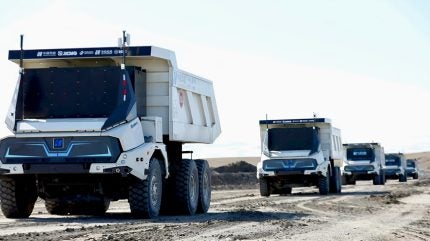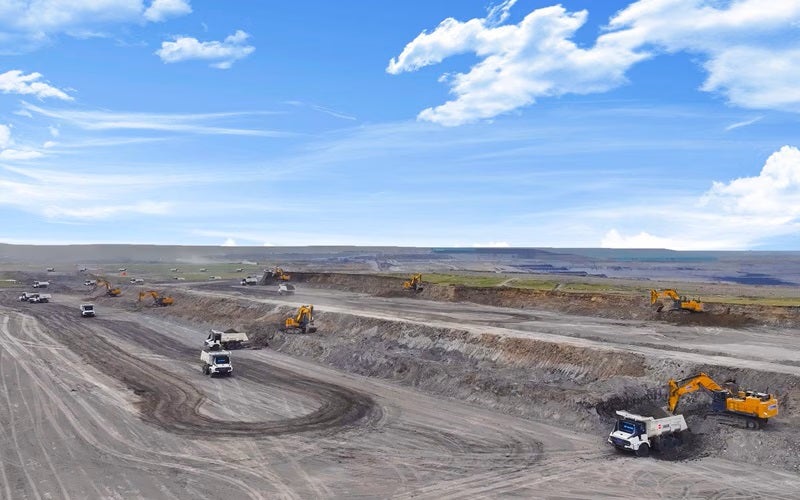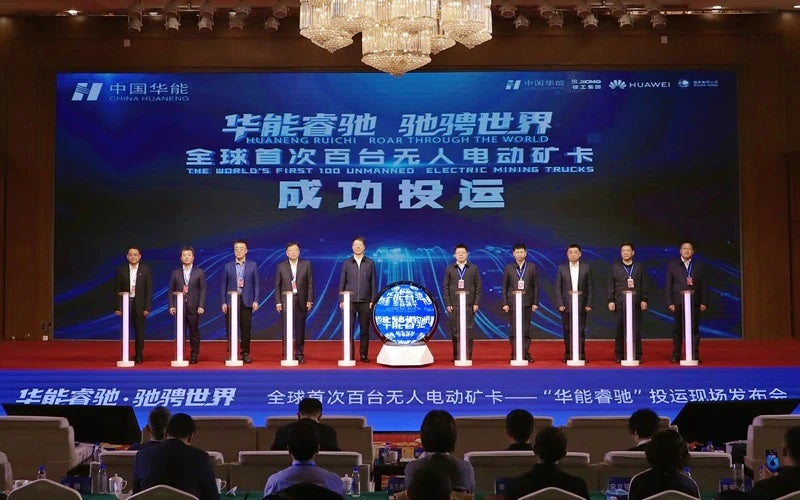
In an early indication of the country’s steely focus on automation advancements, China’s National Development and Reform Commission, the Ministry of Industry and Information Technology, and 11 other ministries and commissions jointly issued a strategy that prioritised the technology in 2020. By mid-2024, China had selected 21 cities to participate in its pilot programme for road testing and commercialising connected, intelligent AVs.
Running in parallel to China’s steady development of AV technology is its growing emphasis on the transformation of coal mining, with the country issuing a range of policies to promote safety, sustainability, and intelligence within the sector.
In recent years, the two streams of innovation have overlapped, and China has begun to make rapid progress in the intelligent upgrade of its coal mines with several advancements enabling the automation of the country’s mining value chain. These developments are helping to enhance mine safety, productivity, cost-effectiveness, and ESG compliance through developments such as autonomous haulage systems (AHS), tele-remote and autonomous equipment, automated inspections, and remote asset monitoring.
China and the intelligent transformation of mining
In 2024, China’s National Energy Administration (NEA) issued its Guide to the Development of a Standard System for the Intelligent Transformation of Coal Mines to provide an architecture for their development. It proposed that a scientific and open standard system for the transformation of coal mines, characterised by a reasonable structure, well-defined tiers, and clear classifications, would be established by 2025 in order to meet the basic requirements of intelligent coal mine development.
With all new coal mines expected to be designed and constructed in accordance with these standards moving forward, the framework aims to comprehensively promote the intelligent development of coal mine construction and accelerate the transformation of China’s mining production.
The strategy appears to be working. According to the 2025 National Energy Work Conference, intelligent production capacity now accounts for over 50% of China’s total coal production capacity, and the number of coal mines that have initiated intelligent construction has increased from less than 200 to nearly 1,000.
The world’s first autonomous electric mining trucks
To enable its intelligent mine revolution, stable and secure wireless networks have proven critical. Over the last decade, China has been busy building the world’s most comprehensive and advanced digital communications infrastructure with fibre optic backhaul, 5G wireless networks, and geosynchronous communications satellites. It is approximately two years ahead of the West in its build-out of 5G base stations and the number of 5G subscribers.

The country has emerged as a top player in combining 5G with industrial internet and implementing large-scale autonomous driving in B2B scenarios, excelling, in particular, in coal production domains such as intelligent mining, clean utilisation, and digital management.
Leading the charge is Huawei, spearheading the country’s wireless broadband market and bringing this next-level connectivity to industrial practices. Huawei has been ramping up its investment in intelligent mines in recent years, utilising industrial internet architecture, transport networks, cloud, digital platforms, and intelligent applications to create safer, more efficient and cost-effective operations that are helping to plug the mining industry’s growing skills gap.
Its latest project is a testament to this mission. In May 2025, the company announced its role in the launch of a fleet of 100 Huaneng Ruichi autonomous electric mining trucks – the first of its kind in the world – at the Yimin open-pit mine in Inner Mongolia, China.

Each truck in Huaneng Ruichi’s new fleet can carry a load of 90 metric tons and operate continually in extreme cold of –40°C, while delivering 120% of the comprehensive operational efficiency of a manually-driven truck. As the first autonomous mining truck in China without a driver’s cabin, personnel can operate remotely, away from these harsh environments.
Huawei Cloud provides the Commercial Vehicle Autonomous Driving Cloud Service (CVADCS) that uses a crowdsourced map for real-time operational location updates. This enables fast route optimisation, reduces waiting times, improves operational efficiency, and maximises the strengths of collaborative truck fleet operations. Huawei also provided the required AI algorithms, enabling precise sensing for the site’s AVs and allowing more efficient collaboration on the cloud.
Intelligent mining with Huawei
As the global mining industry accelerates its transition towards high-end, intelligent, sustainable development, Huawei is playing a key role in the journey.
It will continue to work alongside expert partners to reshape and upgrade key mining processes and create safer, more efficient, smarter mines, drawing on the successful experience of the Yimin mine to facilitate the digital and intelligent transformation of China’s energy industry.
To find out more, click here.

